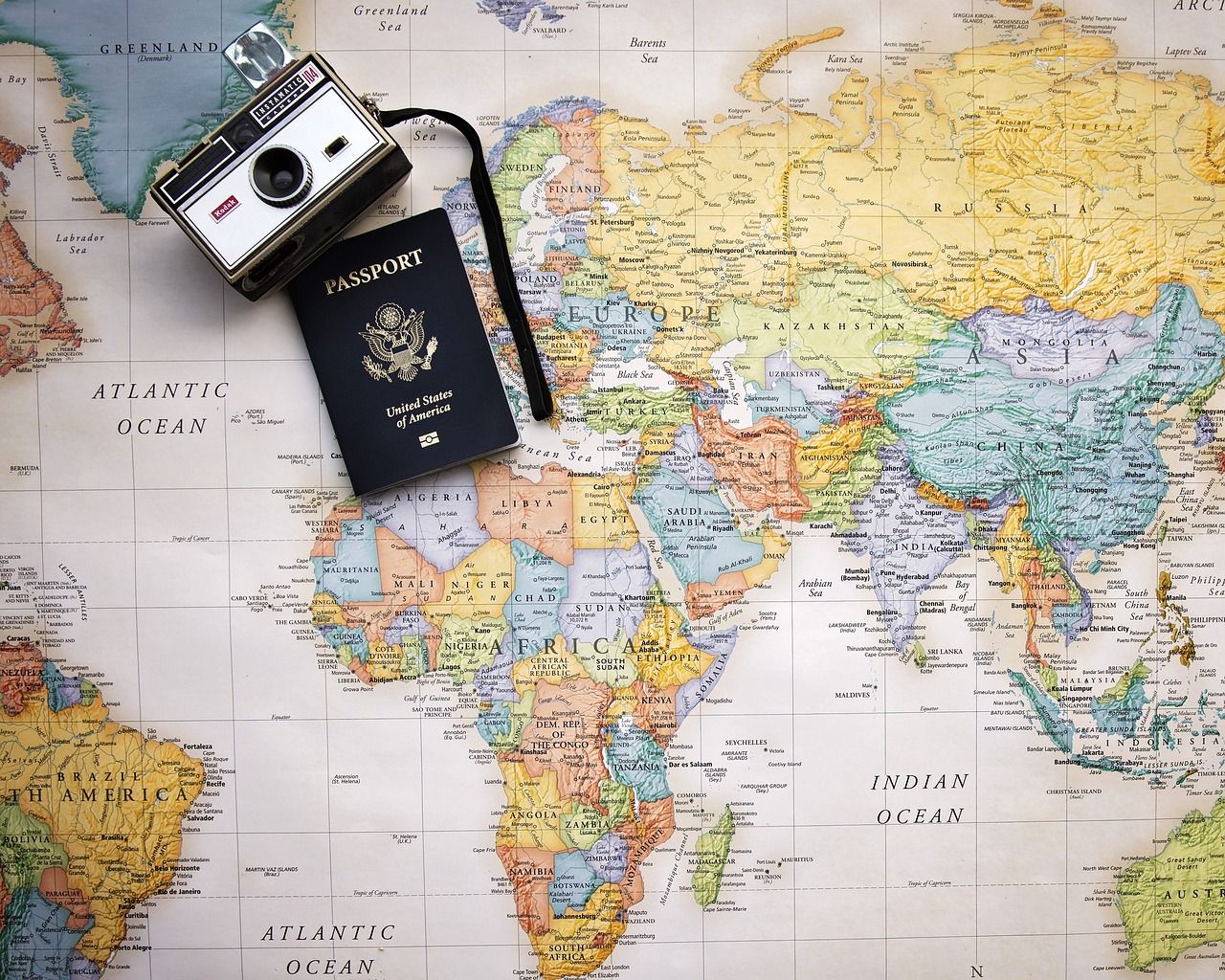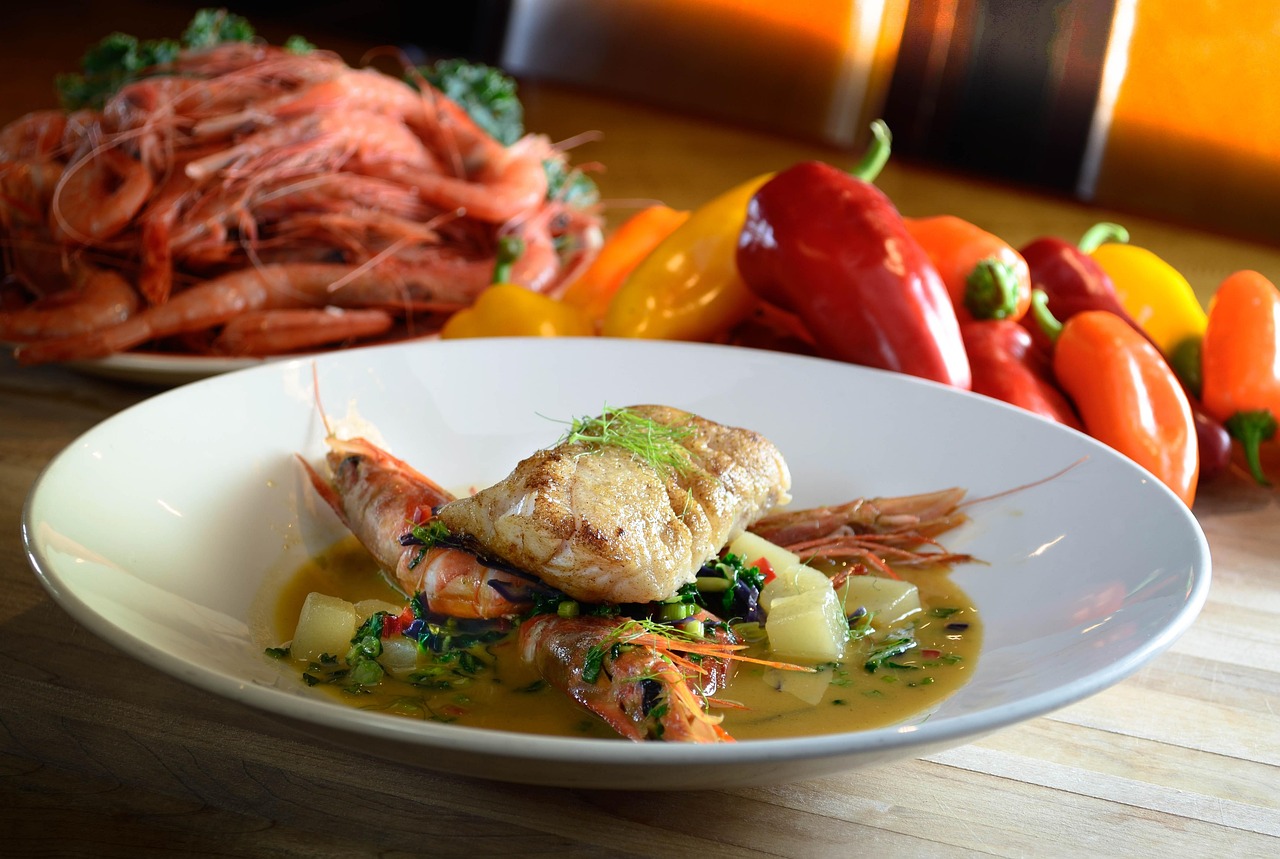Travel
The Global Allergen Hotspots: Destinations to Approach with Caution (and How to Prepare)
4 min read
194 views

Understanding Allergen Hotspots
An allergen hotspot is a geographic area where specific allergens are more prevalent or pose a higher risk to sensitive individuals. These hotspots can be influenced by factors such as climate, local cuisine, agricultural practices, and environmental conditions.Key Factors Contributing to Allergen Hotspots:
- Climate: High humidity and warm temperatures can promote mold growth, while windy conditions can exacerbate pollen dispersal.
- Cuisine: Certain cuisines rely heavily on ingredients that are common allergens, such as peanuts, shellfish, or sesame.
- Agriculture: Areas with extensive agriculture may have higher concentrations of airborne pollen and agricultural chemicals.
- Environmental Pollution: Air pollution can irritate the respiratory system and worsen allergy symptoms.
- Cultural Practices: Certain cultural practices, such as the use of incense or open cooking methods, can release allergens into the air.
Identifying Global Allergen Hotspots
While allergies can be a concern anywhere, some destinations require extra caution and preparation. Here are some notable allergen hotspots:Southeast Asia (Peanuts, Shellfish, Sesame):
- Common Allergens: Peanuts are widely used in sauces, stir-fries, and street food. Shellfish is a staple in coastal regions. Sesame is often used as a garnish or ingredient in various dishes.
- Preparation Tips:
- Learn key phrases in the local language to communicate your allergies.
- Carry food allergy translation cards.
- Be cautious of cross-contamination in street food stalls.
- Opt for restaurants with clear ingredient labeling.
- Pack safe snacks and meals.
Japan (Buckwheat, Soy, Shellfish):
- Common Allergens: Buckwheat (soba noodles) is a common ingredient. Soy is used extensively in sauces, tofu, and miso. Shellfish is a prominent part of Japanese cuisine.
- Preparation Tips:
- Learn how to read Japanese food labels.
- Carry translation cards explaining your allergies.
- Be cautious of hidden ingredients in sauces and broths.
- Consider staying in accommodations with kitchen facilities to prepare your own meals.
Mediterranean Region (Pollen, Olives, Pine Nuts):
- Common Allergens: High pollen counts during certain seasons. Olives and olive oil are used extensively in cooking. Pine nuts are common in pesto and other dishes.
- Preparation Tips:
- Travel during off-peak pollen seasons.
- Monitor pollen counts and take allergy medications as needed.
- Be cautious of olive-based dishes and pine nut-containing products.
- Consider bringing your own olive oil if you have a sensitivity.
Mexico (Corn, Chili Peppers, Tropical Fruits):
- Common Allergens: Corn is a staple in Mexican cuisine. Chili peppers can trigger skin irritation and respiratory symptoms. Tropical fruits may cause allergic reactions in some individuals.
- Preparation Tips:
- Inquire about corn-free options when ordering tortillas and other dishes.
- Be cautious of chili peppers and spicy foods.
- Try small amounts of new tropical fruits to test for allergic reactions.
- Carry antihistamines and topical creams for skin irritations.
Australia (Peanuts, Seafood, Insect Stings):
- Common Allergens: Peanuts are a significant concern due to strict import regulations in some cases. Seafood is abundant in coastal areas. Insect stings from bees, wasps, and ants can trigger severe allergic reactions.
- Preparation Tips:
- Be aware of peanut-related regulations.
- Exercise caution when dining on seafood.
- Carry an epinephrine auto-injector and insect repellent.
- Learn basic first aid for insect stings.
Preparing for Travel to Allergen Hotspots
Effective preparation is key to mitigating allergy risks in these destinations.Pre-Travel Checklist:
- Consult Your Doctor: Discuss your travel plans with your allergist and obtain necessary prescriptions and allergy action plans.
- Research Local Cuisine: Understand the common ingredients and cooking methods used in the region.
- Learn Key Phrases: Learn essential phrases in the local language to communicate your allergies.
- Pack Essential Medications: Bring an ample supply of all your allergy medications, including epinephrine auto-injectors, antihistamines, and corticosteroids.
- Obtain Travel Insurance: Ensure your travel insurance covers allergy-related emergencies.
- Register with Your Embassy: In case of an emergency, registering with your embassy can provide access to assistance.
During Your Trip:
- Read Food Labels: Carefully read food labels, even for familiar products.
- Ask Questions: Don't hesitate to ask restaurant staff about ingredients and preparation methods.
- Carry Your Own Food: Pack safe snacks and meals, especially for long flights or when visiting remote areas.
- Avoid Cross-Contamination: Be mindful of cross-contamination in restaurants and buffets.
- Stay Informed: Monitor local pollen counts, air quality reports, and allergy alerts.
Additional Resources for Allergy Travelers
- Allergy & Asthma Network: Provides resources for travelers with allergies and asthma.
- Food Allergy Research & Education (FARE): Offers travel-related resources, including restaurant guides and translation cards.
- World Allergy Organization (WAO): Provides information on allergies worldwide.
- CDC (Centers for Disease Control and Prevention): Offers travel health information, including allergy-related guidance.
Conclusion
Traveling to allergen hotspots requires careful planning and proactive management. By understanding the specific risks associated with each destination and taking the necessary precautions, individuals with allergies can confidently explore the world and enjoy safe, memorable travel experiences.Knowledge is your best defense against allergies while traveling. Stay informed, be prepared, and embrace the adventure!
Explore the world, breathe easy!


